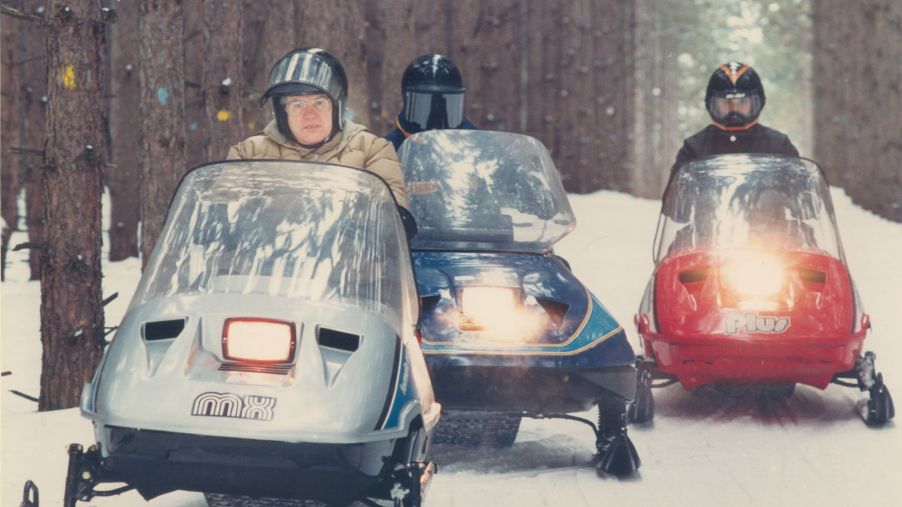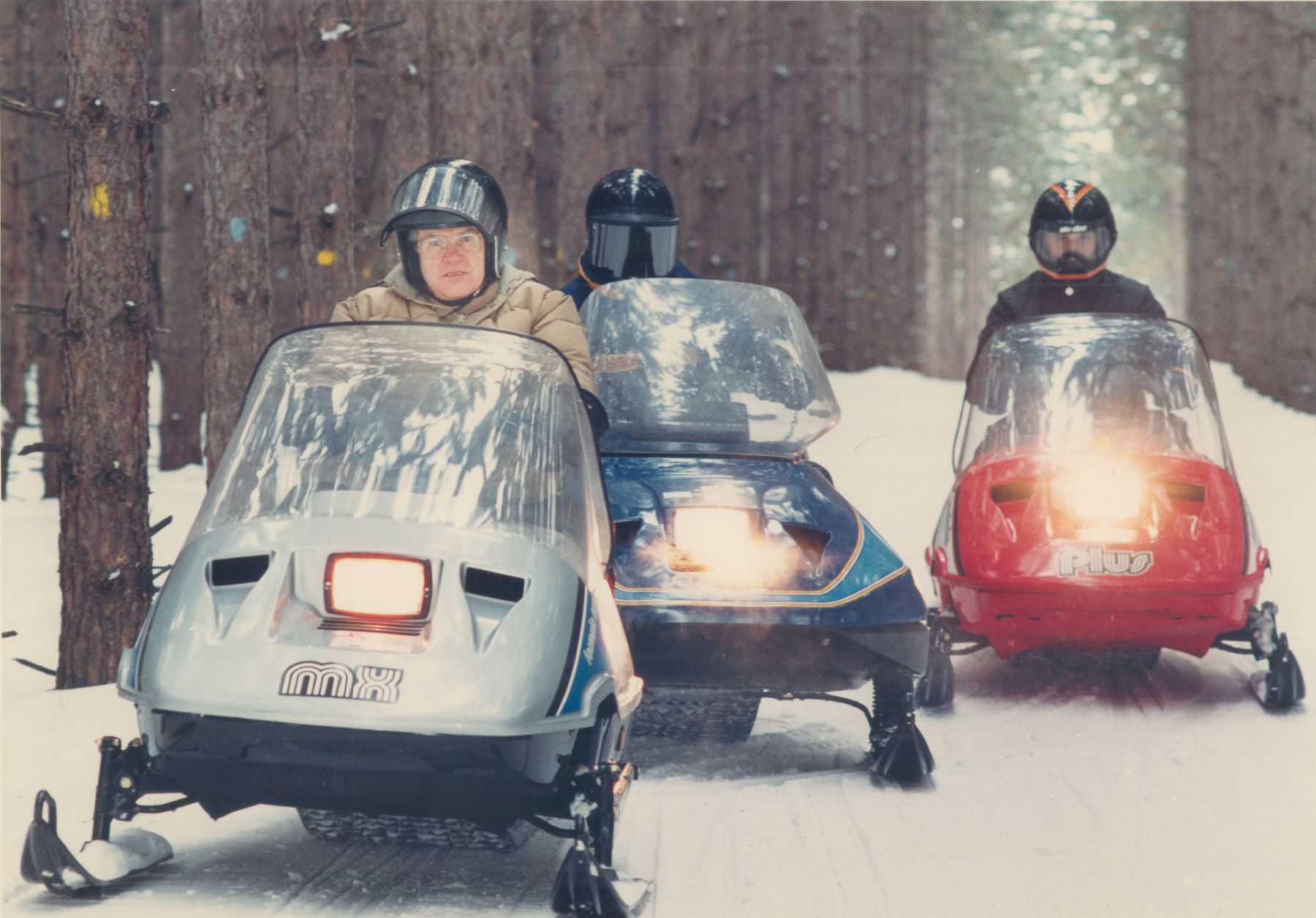
5 Snowmobile Safety Tips You Should Never Ignore
Every winter, many enthusiastic snowmobilers hit the trails. These powered sleds are a fun way to get outdoors and enjoy the snowy weather. Snowmobiles, however, should be driven with caution because they are also heavy-duty vehicles.
Anyone planning to hit the trails soon should keep vehicle safety in mind. Failure to take snow safety precautions can result in vehicle damage and serious accidents or fatalities. Let’s take a look at some snowmobile safety tips for this winter.
1. Wear proper snowmobile attire, including a helmet
According to Snowmobile-ed, wearing a helmet and other safety equipment is essential whenever you ride a snowmobile. People frequently purchase helmets that do not properly fit them. If your helmet is too small or too big, it’s not safety-approved and will not provide you with the necessary protection in the event of an accident.
You should also consider wearing goggles, a face mask underneath your helmet, and sturdy boots.
When it comes to clothing, always dress in layers with a waterproof coating on top, even if you only plan a short trip. You wouldn’t want to be poorly dressed if something unexpected forced you to stay outside for an extended period. Warm, sturdy clothing protects your body from harsh weather elements, but avoid cotton as it can freeze when wet.
2. Go riding with a friend

One of the most crucial snowmobile safety tips is never to go riding alone. Many people believe this only applies to newbies, but even the most experienced snowmobilers can have accidents. When that happens, you want someone else nearby to help.
Furthermore, if something happens to your snowmobile, the other rider still has a functional snowmobile, which provides more options for getting assistance and returning home.
When snowmobiling with a friend or group, ensure everyone knows where you’re going and how long you’ll be gone. This information is essential in case someone gets separated from the group. Meanwhile, if you must travel alone, let someone know your destination, your planned route, and when you’ll be back.
3. Check your snowmobile’s functionality
Preventing trail accidents is often as simple as performing preventative maintenance. Take your snowmobile to a professional for routine maintenance.
In addition to receiving professional assistance, you should also become acquainted with your machine, as detailed by SnowmobileHow. Always pay close attention to your snowmobile so you can detect anything out of the ordinary.
Keeping your gasoline tank full at all times is another excellent maintenance technique. Never embark on a snowmobile adventure with a low gas tank. The more familiar you are with your snowmobile, the better. Consider taking a beginner’s snowmobile course and reading your snowmobile instructions. The expert instructors can teach you the fundamentals and address users’ concerns.
Read your snowmobile’s owner’s manual and always keep it with you. If something goes wrong, you might be able to figure it out while still on the trail.
4. Stay on the designated trails
Not only does sticking to designated sites and pathways keep you from getting lost, but it also prevents you from entering dangerous areas. In general, staying away from water and ice is a good idea. Slipping into the water below is more likely when snowmobiling on frozen lakes or rivers.
Keep to the right at all times when using trails, especially if there is low visibility on curves for traffic traveling in the opposite direction. According to ISMA, you should always be mindful of your surroundings and never assume that the trail you rode in on is still safe to ride out on.
5. Be cautious of speed
Although increasing your snowmobile’s speed may seem appealing, doing so can be extremely dangerous. The Wisconsin Department of Natural Resources claims overspeeding is the root cause of nearly all fatal snowmobiling accidents. Speed control is especially important at night because it makes it more difficult to see impediments or other travelers. Driving too fast in the dark can lead to collisions or other serious mishaps.


